Home>Gardening & Outdoor>Pool & Spa Care>What Type Of Gravel For Hot Tub Base
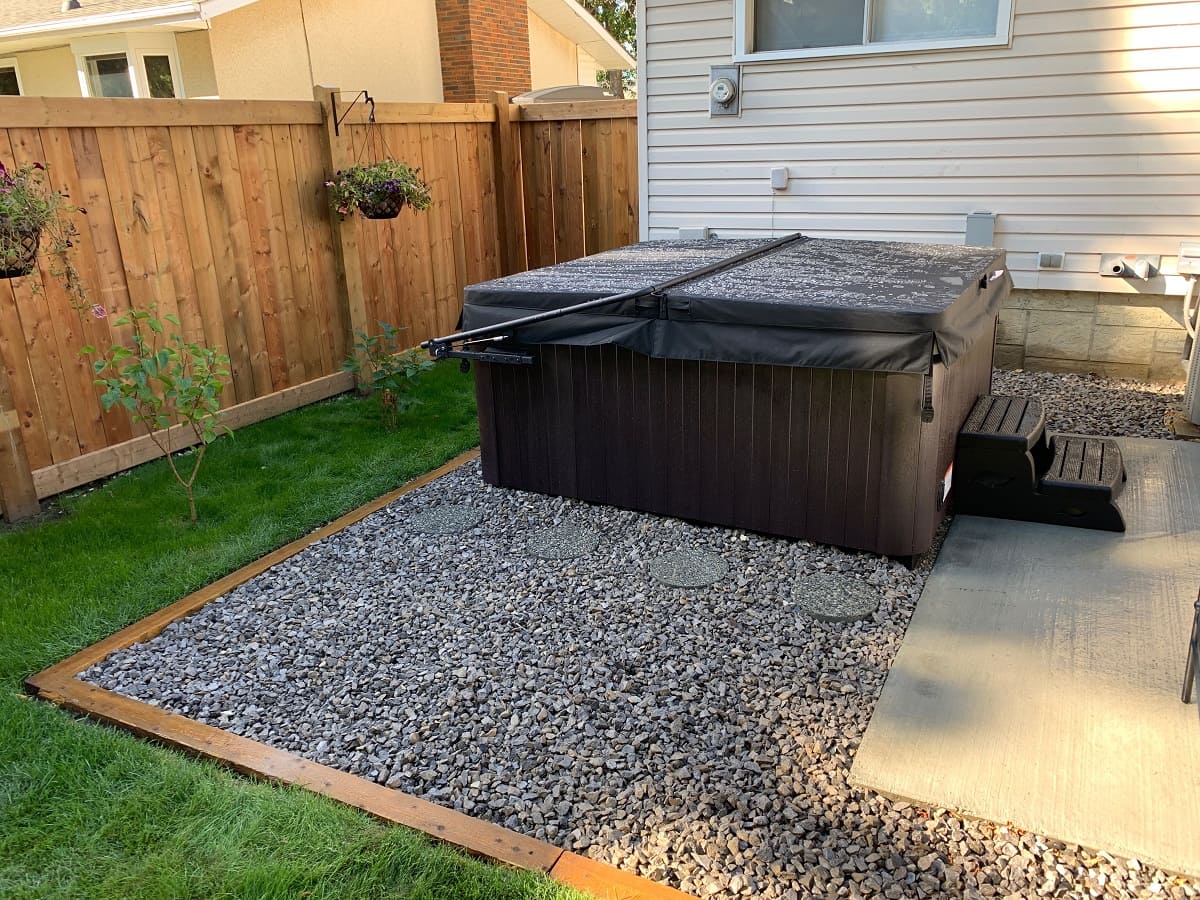

Pool & Spa Care
What Type Of Gravel For Hot Tub Base
Modified: February 25, 2024
Find the best type of gravel for your hot tub base with our expert pool and spa care tips. Ensure a stable and long-lasting foundation for your hot tub.
(Many of the links in this article redirect to a specific reviewed product. Your purchase of these products through affiliate links helps to generate commission for Storables.com, at no extra cost. Learn more)
Introduction
So, you've decided to indulge in the luxury of a hot tub, allowing yourself to unwind and relax in the comfort of your own home. However, before you can immerse yourself in the warm, bubbling waters, there are essential considerations to address, such as the foundation on which your hot tub will rest. A crucial component of this foundation is the type of gravel to be used. Choosing the right gravel for your hot tub base is vital for ensuring the durability, stability, and longevity of your hot tub setup.
In this comprehensive guide, we will explore the various factors to consider when selecting gravel for your hot tub base, the different types of gravel suitable for this purpose, and the steps to properly prepare the hot tub base using gravel. By the end of this article, you will have a clear understanding of the importance of choosing the right gravel and how to create a solid foundation for your hot tub, ensuring many years of enjoyment and relaxation. Let's dive in!
Key Takeaways:
- Choose gravel for your hot tub base based on factors like drainage, load-bearing capacity, and weed prevention to ensure stability and longevity.
- Types of gravel like crushed stone, pea gravel, and river rock offer unique benefits for hot tub bases, catering to various needs and aesthetic preferences.
Read more: How Much Gravel For Hot Tub Base
Factors to Consider When Choosing Gravel for a Hot Tub Base
When selecting gravel for your hot tub base, several crucial factors should influence your decision. Understanding and considering these elements will help you make an informed choice that ensures the stability and longevity of your hot tub setup:
- Drainage: Proper drainage is essential to prevent water from accumulating beneath the hot tub. Choose gravel that allows for efficient water drainage, helping to maintain the structural integrity of the base and prevent water-related issues.
- Load-Bearing Capacity: The gravel must be capable of supporting the weight of the hot tub, water, and occupants. Opt for a dense, sturdy gravel variety with a high load-bearing capacity to provide adequate support and prevent the base from sinking or shifting over time.
- Particle Size: The size of the gravel particles is a critical consideration. Coarse gravel with larger particles provides better stability and drainage compared to finer varieties, which may compact over time and impede proper water flow.
- Weed Prevention: To maintain a clean and hassle-free hot tub area, choose gravel that inhibits weed growth. This helps to preserve the aesthetics of the space and minimizes the need for frequent maintenance.
- Erosion Resistance: Select gravel that is resistant to erosion, especially if your hot tub will be situated in an outdoor area exposed to the elements. Erosion-resistant gravel will maintain its integrity over time, ensuring the longevity of your hot tub base.
- Compatibility with Hot Tub Materials: Consider the materials from which your hot tub is constructed. Choose gravel that is non-abrasive and compatible with the base of your hot tub to prevent damage or premature wear.
By carefully evaluating these factors, you can make an informed decision when choosing gravel for your hot tub base, setting the stage for a stable and durable foundation that enhances the performance and longevity of your hot tub.
Types of Gravel Suitable for Hot Tub Bases
Several types of gravel are well-suited for serving as a stable and reliable base for hot tub installations. Each type offers distinct characteristics that cater to specific needs and preferences. Here are some common types of gravel suitable for hot tub bases:
- Crushed Stone: Crushed stone, including granite, limestone, and basalt, is a popular choice for hot tub bases. It offers excellent drainage, high load-bearing capacity, and exceptional stability, making it ideal for supporting the weight of a hot tub.
- Pea Gravel: Comprising small, smooth, rounded stones, pea gravel is favored for its aesthetic appeal and comfortable texture. While it may not provide as much stability as crushed stone, it still offers adequate drainage and can create a visually appealing base for your hot tub.
- River Rock: River rock, known for its natural, rounded appearance, is another option for hot tub bases. Its smooth surface and varied colors can enhance the visual appeal of the hot tub area, but it is essential to ensure that the river rock is dense enough to provide sufficient support and drainage.
- Quarry Process (QP) Gravel: QP gravel, also known as dense grade aggregate (DGA), is a versatile option suitable for hot tub bases. It consists of a blend of crushed stone and stone dust, offering excellent compaction and stability for the hot tub foundation.
- Recycled Gravel: Environmentally conscious homeowners may opt for recycled gravel, which is created from reclaimed construction materials. While promoting sustainability, recycled gravel still provides adequate drainage and stability when used as a hot tub base.
Each type of gravel has its own set of characteristics, allowing you to choose based on factors such as load-bearing capacity, aesthetics, and regional availability. By selecting the most suitable gravel type for your specific requirements, you can ensure a solid foundation for your hot tub while achieving the desired visual and functional outcomes.
Use a compactible gravel like crushed rock or pea gravel for your hot tub base. This will provide a stable and level foundation for your hot tub to sit on. Avoid using larger stones that can shift or create an uneven surface.
How to Prepare the Hot Tub Base Using Gravel
Proper preparation of the hot tub base is essential to ensure the stability, longevity, and functionality of your hot tub installation. Follow these steps to effectively prepare the hot tub base using gravel:
- Site Preparation: Clear the designated area for the hot tub, ensuring that the ground is level and free from any debris, vegetation, or potential obstructions. This provides a solid starting point for creating the gravel base.
- Excavation: Excavate the area to the required depth, typically around 4 to 6 inches, to accommodate the gravel base. This depth allows for proper drainage and ensures that the hot tub will sit at an optimal height.
- Geotextile Fabric Installation: Lay down a layer of geotextile fabric over the excavated area. This fabric acts as a barrier, preventing the gravel from mixing with the underlying soil while allowing water to drain freely through the gravel layer.
- Gravel Application: Spread the selected gravel evenly over the geotextile fabric, ensuring consistent coverage across the entire base area. Use a combination of coarse and compactable gravel to create a stable foundation with excellent drainage properties.
- Compaction: Compact the gravel layer using a mechanical compactor or hand tamper to achieve a firm, level surface. Proper compaction is crucial for enhancing the load-bearing capacity of the gravel base and minimizing the risk of settling or shifting over time.
- Final Leveling: Verify that the gravel base is uniformly level and at the desired height for the hot tub installation. Make any necessary adjustments to ensure a flat, even surface that will support the weight of the hot tub without any uneven stress points.
- Edge Restraints (Optional): Consider installing edge restraints, such as landscape timbers or concrete blocks, around the perimeter of the gravel base to contain the gravel and maintain its integrity over time.
By meticulously following these steps, you can create a robust and well-prepared gravel base for your hot tub, providing the necessary support, drainage, and stability to optimize the performance and longevity of your hot tub installation.
Conclusion
Choosing the right gravel for your hot tub base is a pivotal decision that significantly impacts the overall performance and durability of your hot tub setup. By considering essential factors such as drainage, load-bearing capacity, particle size, weed prevention, erosion resistance, and compatibility with hot tub materials, you can make an informed choice that ensures a stable and long-lasting foundation.
When exploring the types of gravel suitable for hot tub bases, options such as crushed stone, pea gravel, river rock, quarry process (QP) gravel, and recycled gravel offer distinct characteristics to cater to various needs and aesthetic preferences. Whether prioritizing stability, aesthetics, or sustainability, there is a gravel type that aligns with your specific requirements, allowing you to create a solid base for your hot tub installation.
Preparing the hot tub base using gravel involves meticulous steps, including site preparation, excavation, geotextile fabric installation, gravel application, compaction, and final leveling. By adhering to these guidelines, you can establish a robust foundation that promotes proper drainage, stability, and load-bearing capacity, setting the stage for a successful and enduring hot tub installation.
Ultimately, the careful selection of gravel and the diligent preparation of the hot tub base contribute to the overall enjoyment and longevity of your hot tub experience. By investing the time and effort into choosing the right gravel and following proper installation procedures, you can create a reliable foundation that supports countless moments of relaxation and rejuvenation in your hot tub oasis.
With a well-chosen gravel base, your hot tub becomes more than just a luxurious amenity – it becomes a steadfast retreat where you can escape the stresses of the day and immerse yourself in tranquility and comfort.
Frequently Asked Questions about What Type Of Gravel For Hot Tub Base
Was this page helpful?
At Storables.com, we guarantee accurate and reliable information. Our content, validated by Expert Board Contributors, is crafted following stringent Editorial Policies. We're committed to providing you with well-researched, expert-backed insights for all your informational needs.
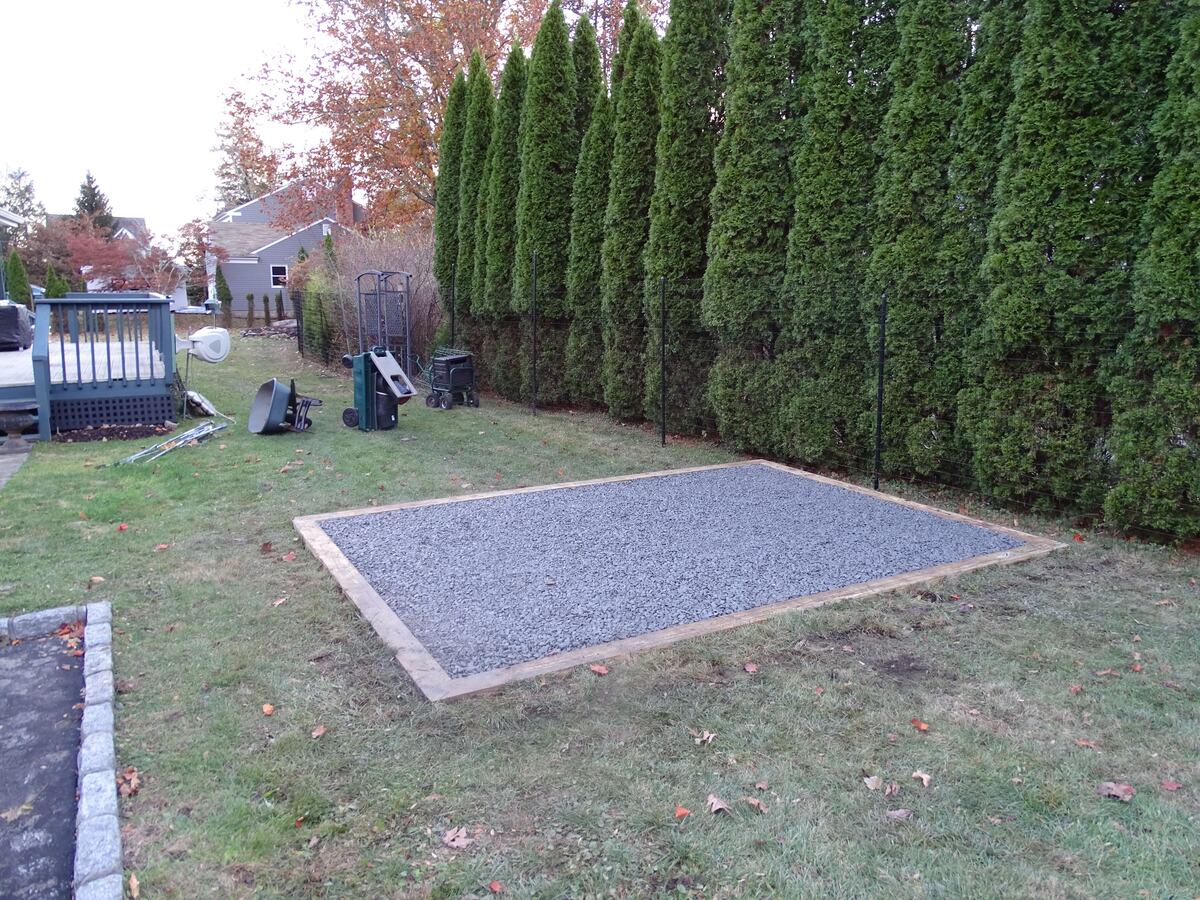
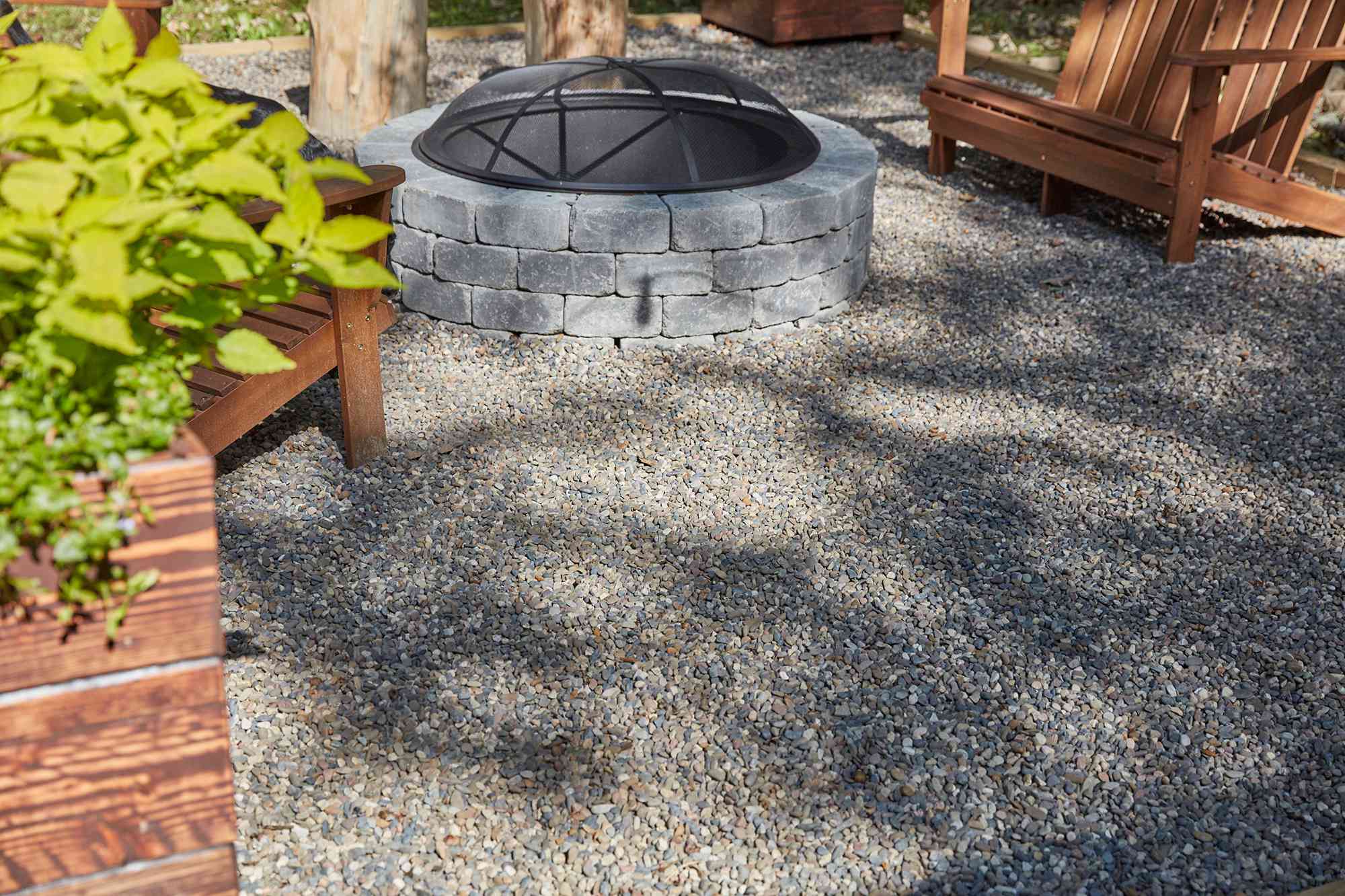
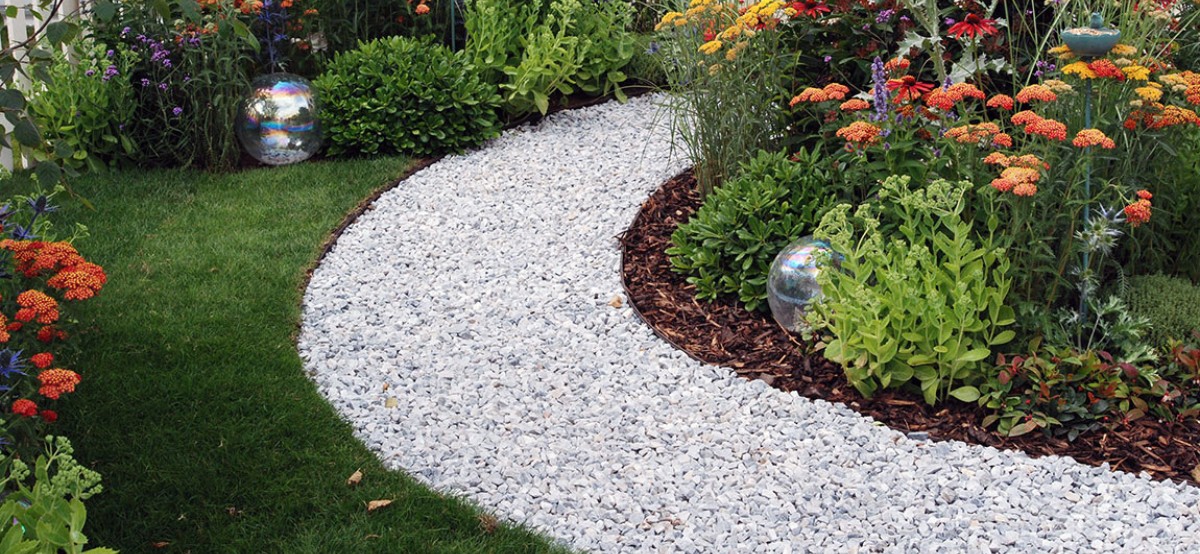
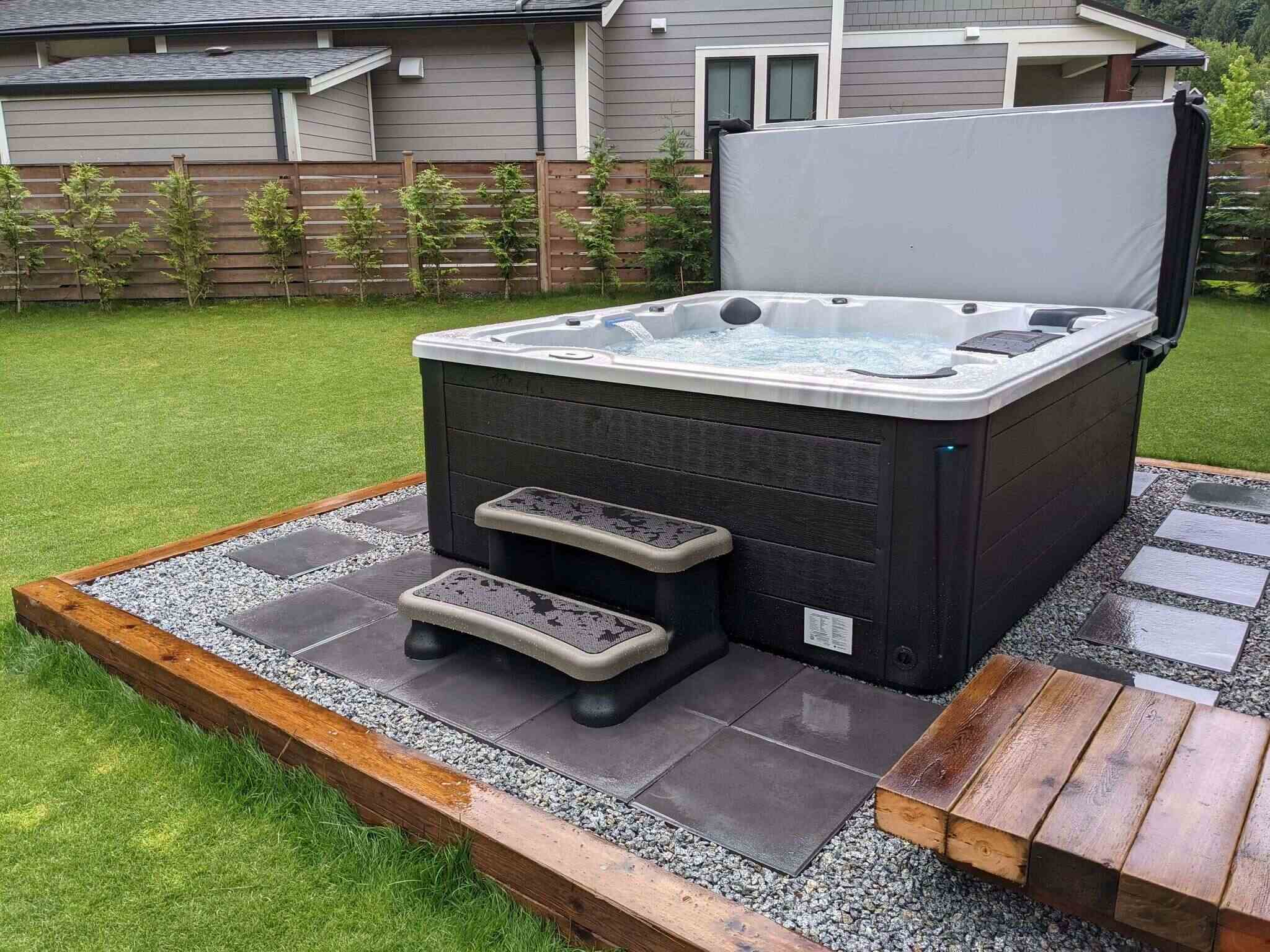
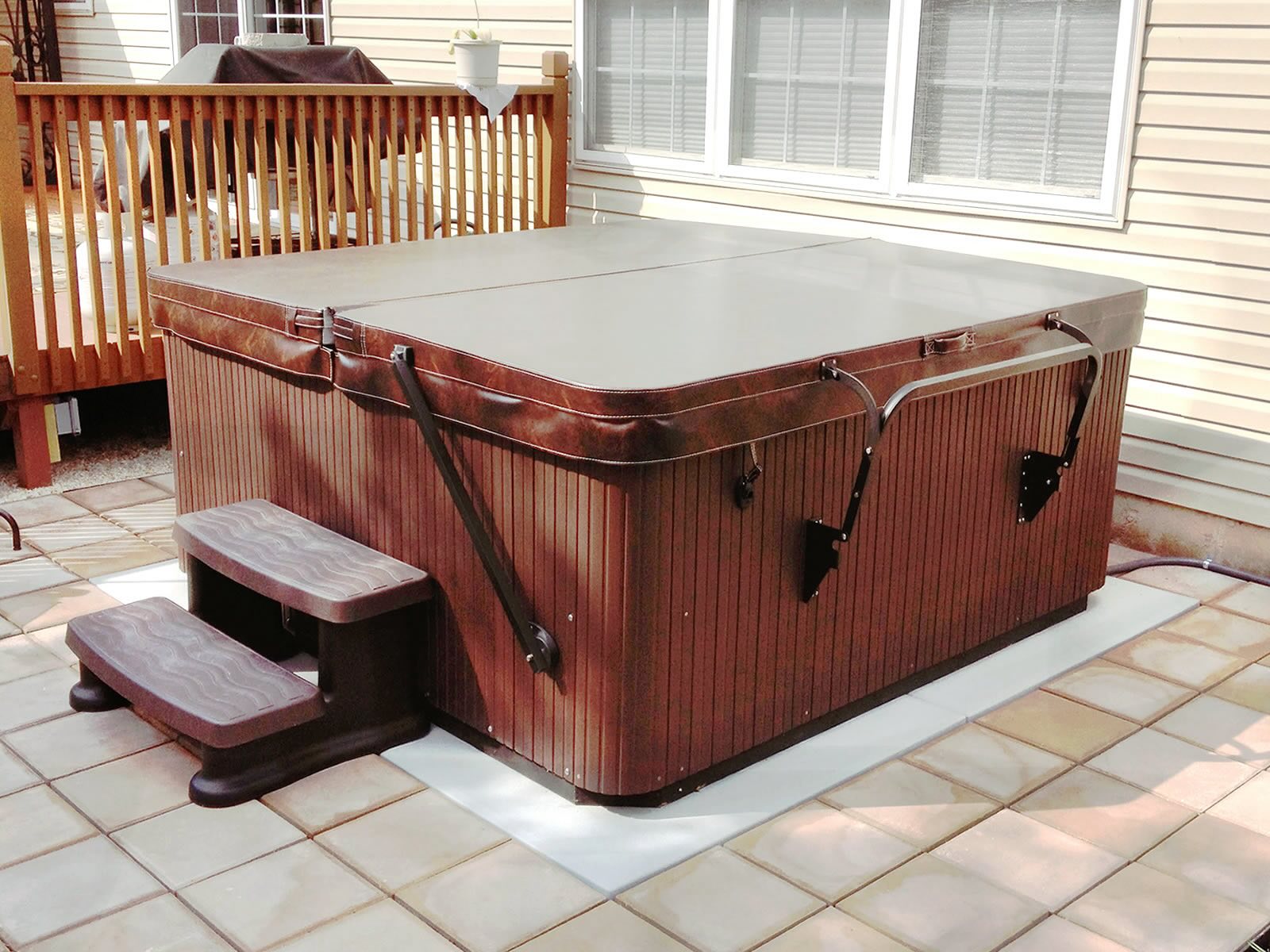
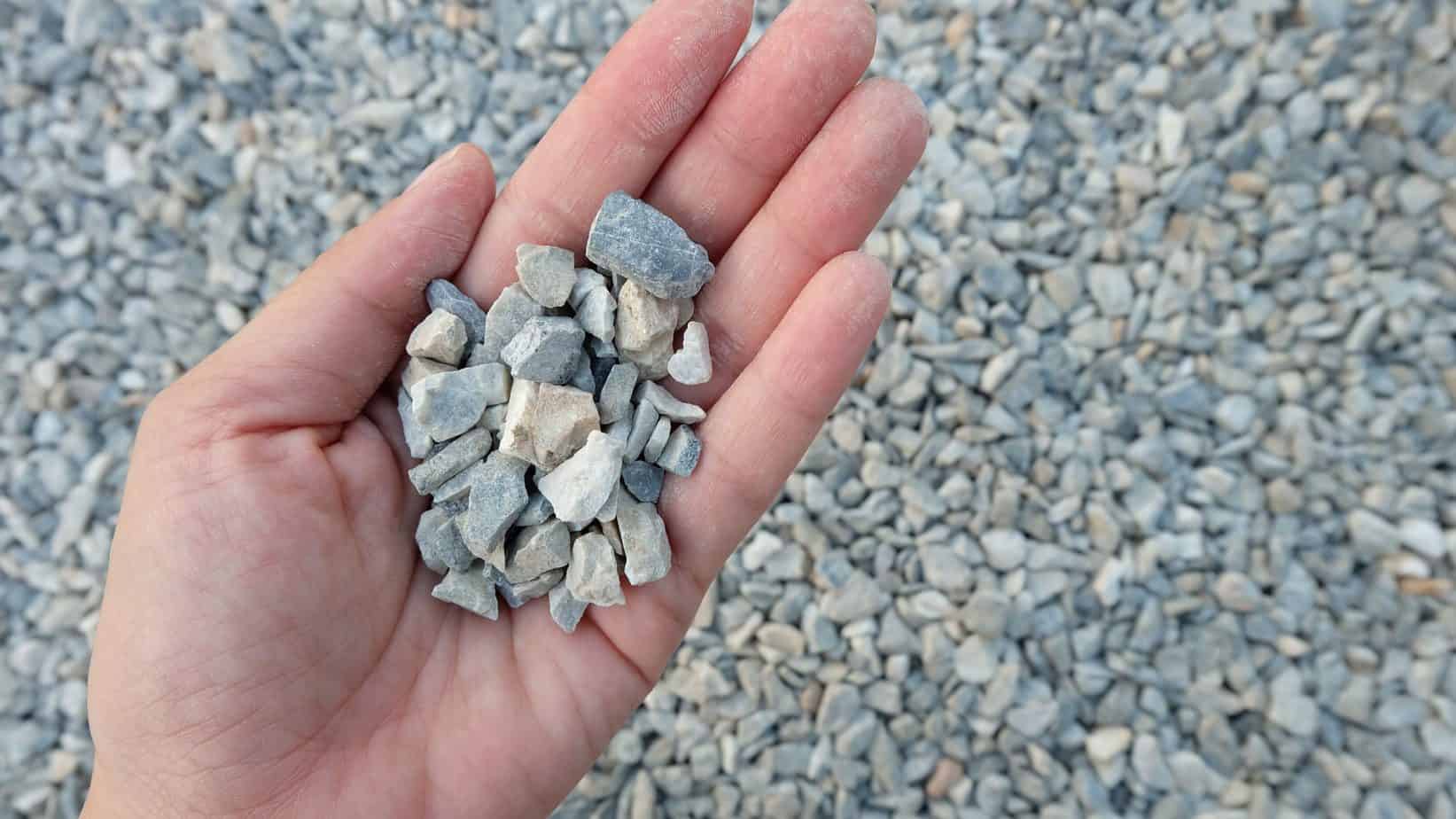
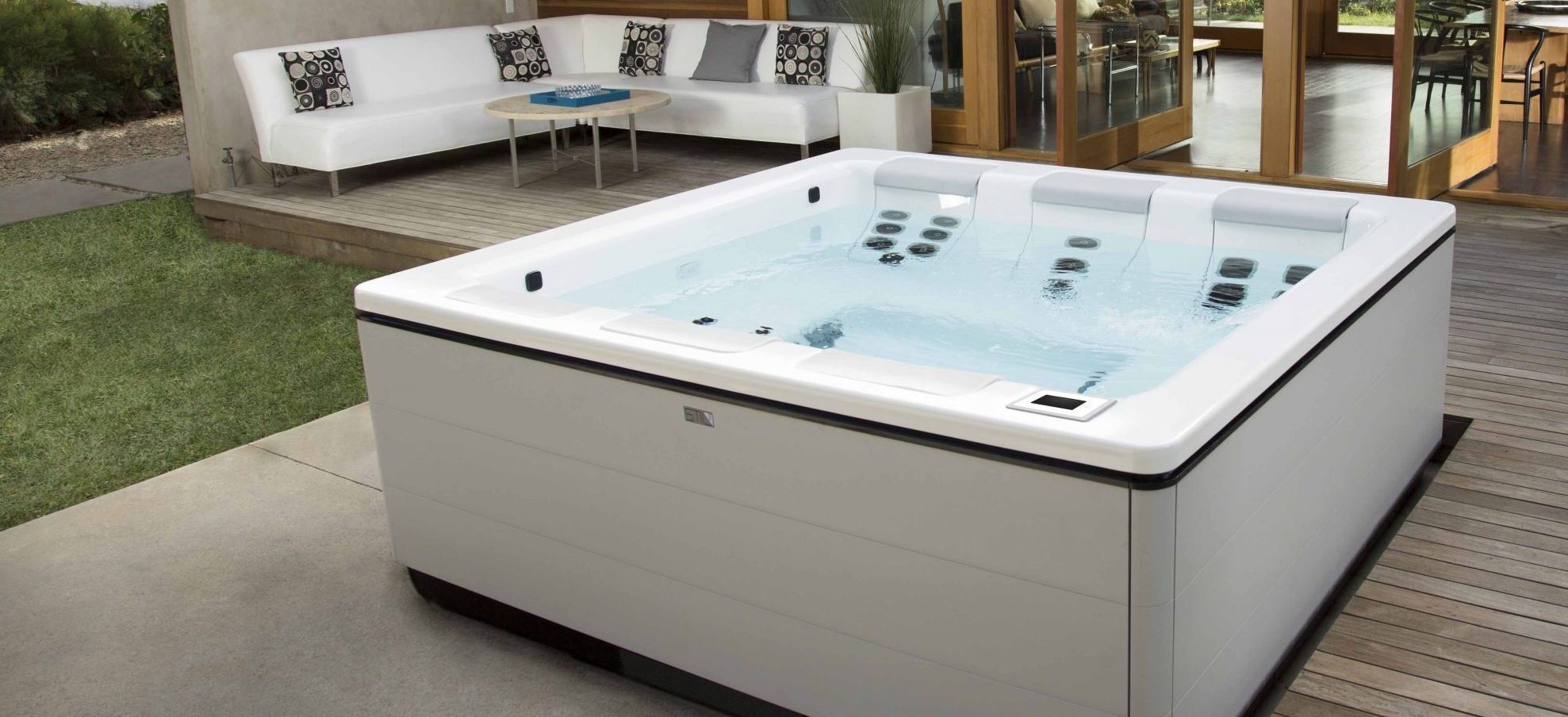
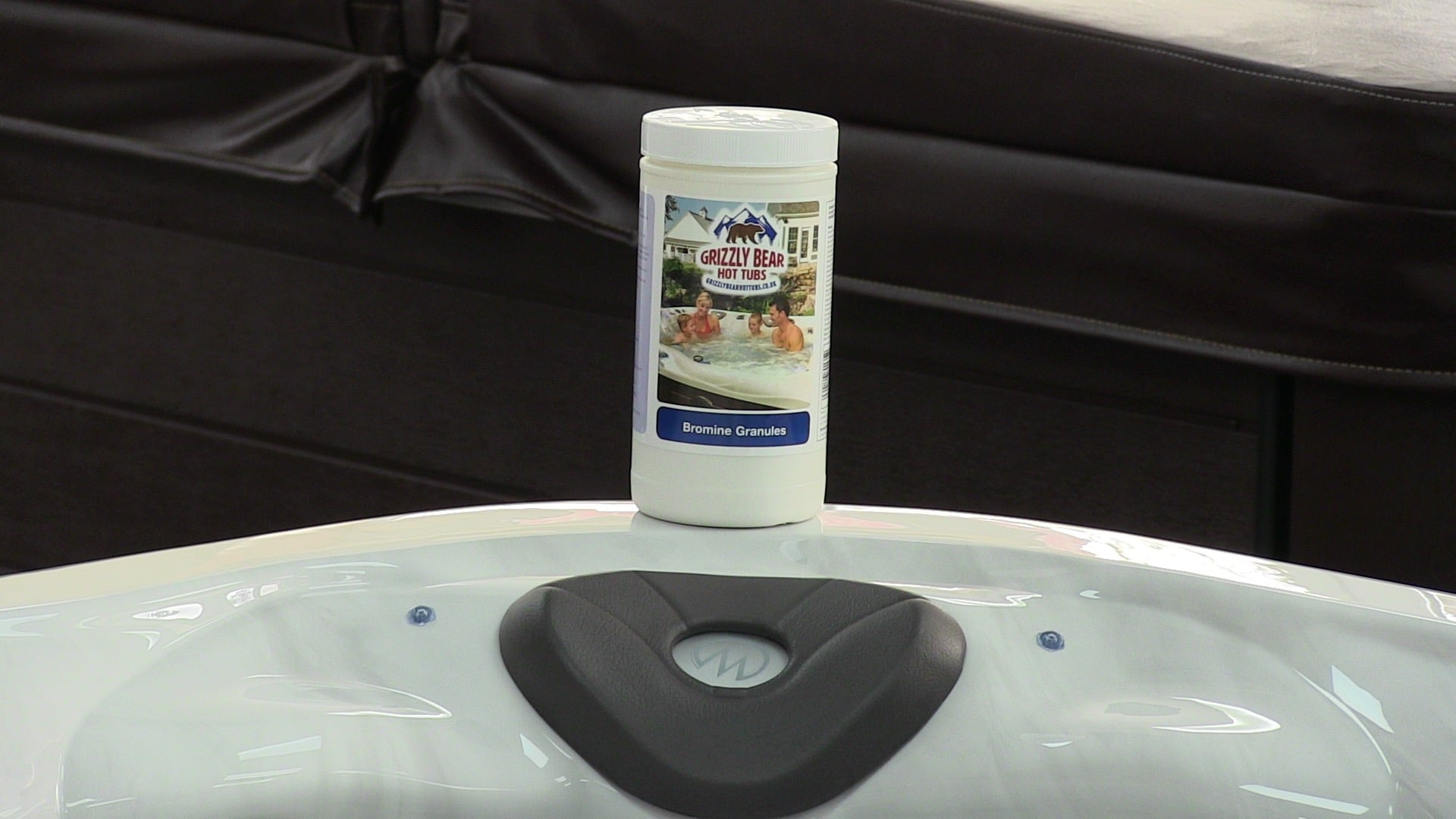
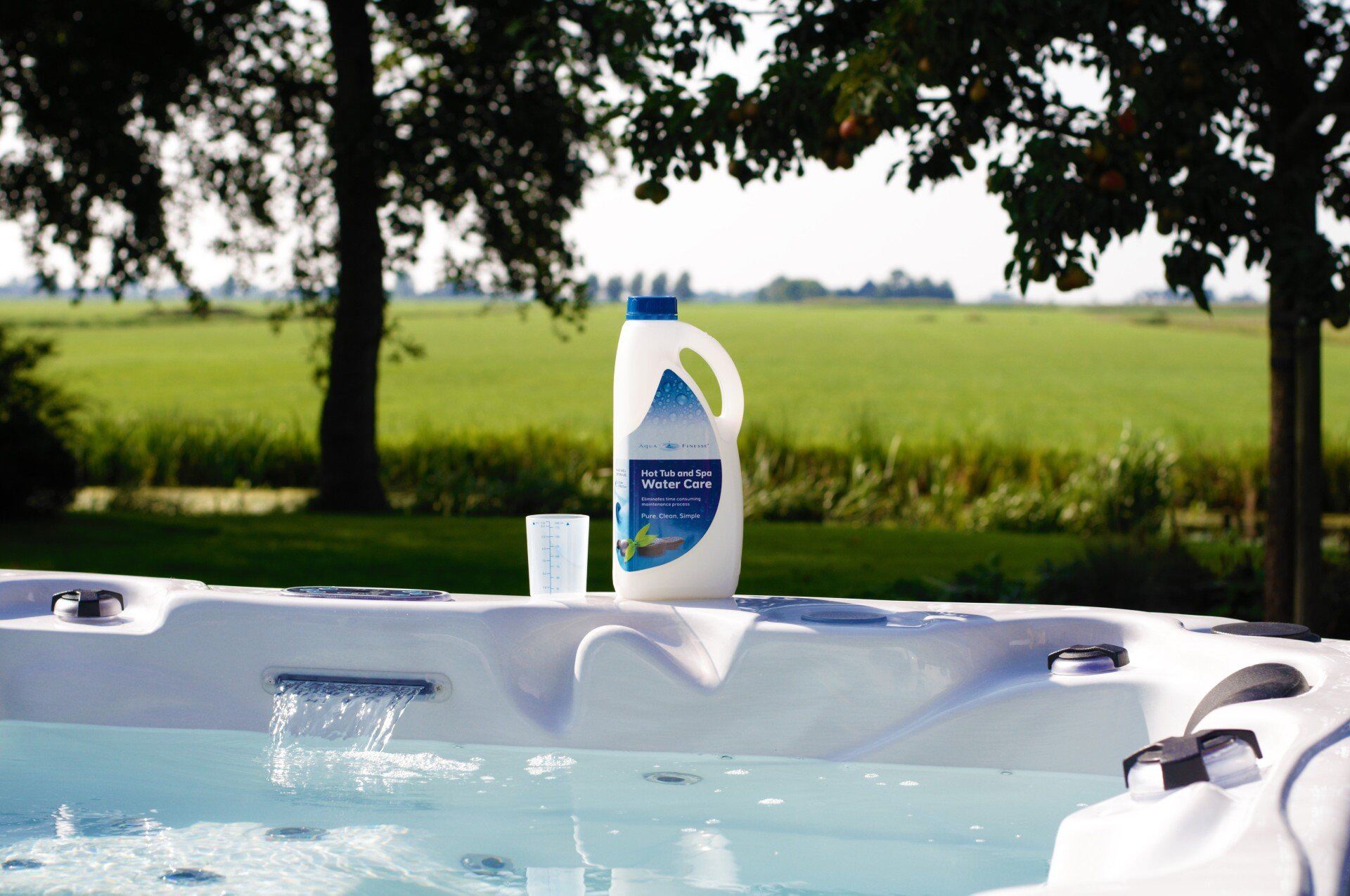
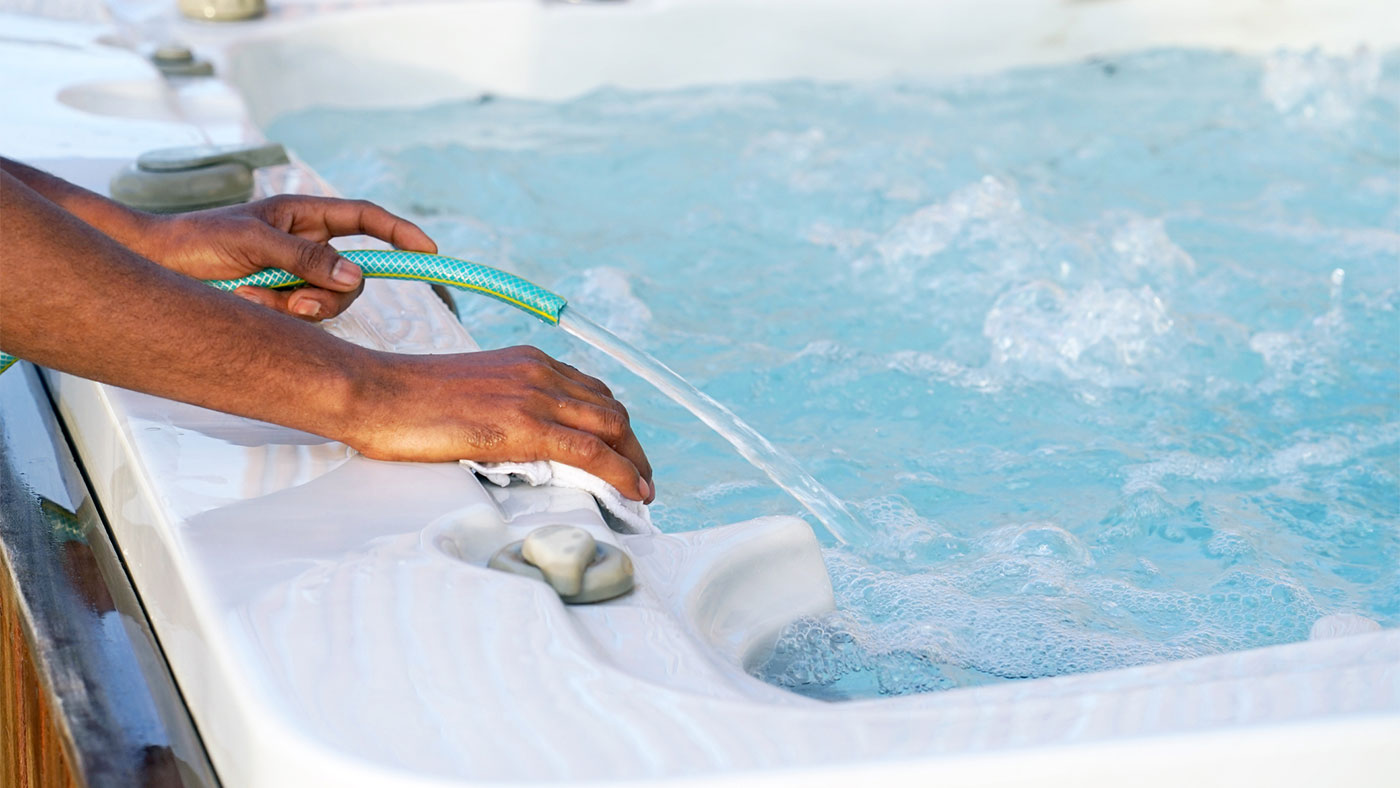
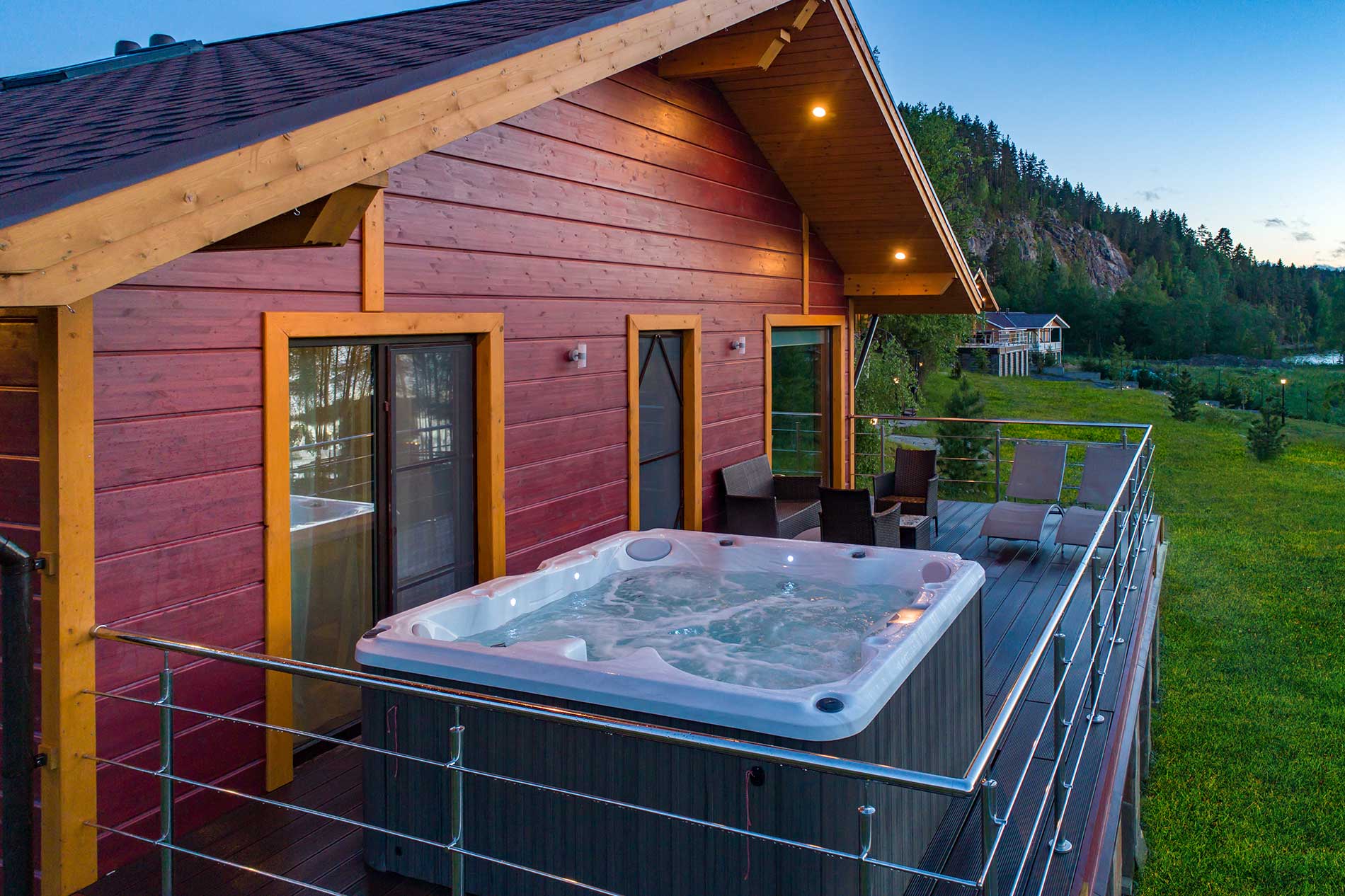
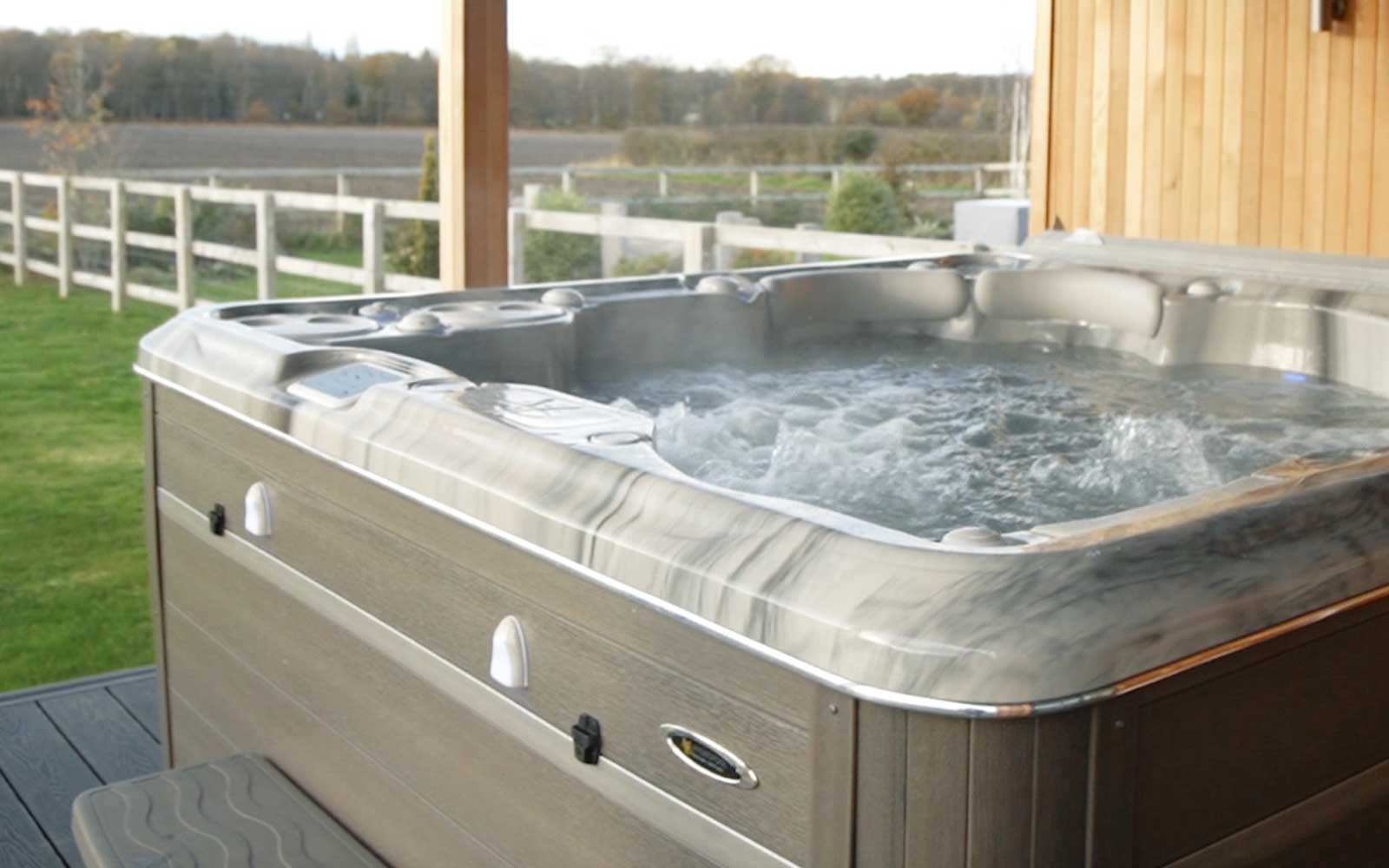
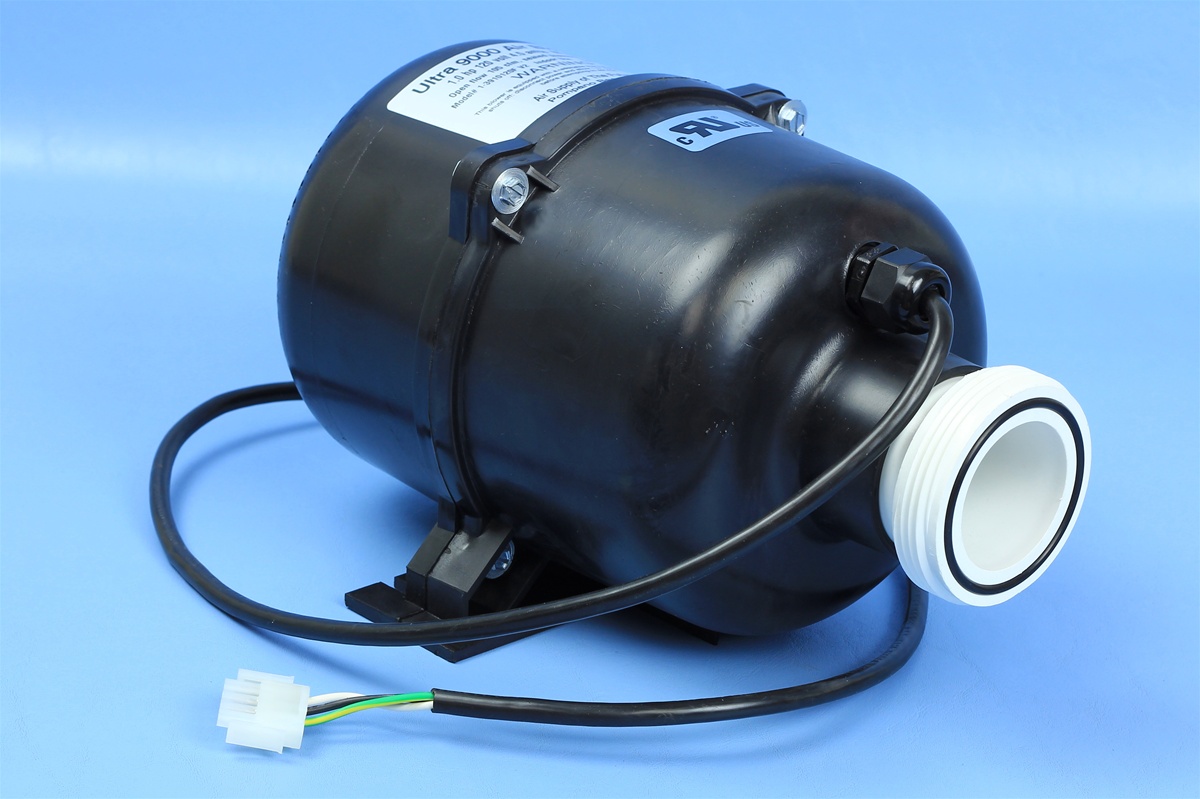
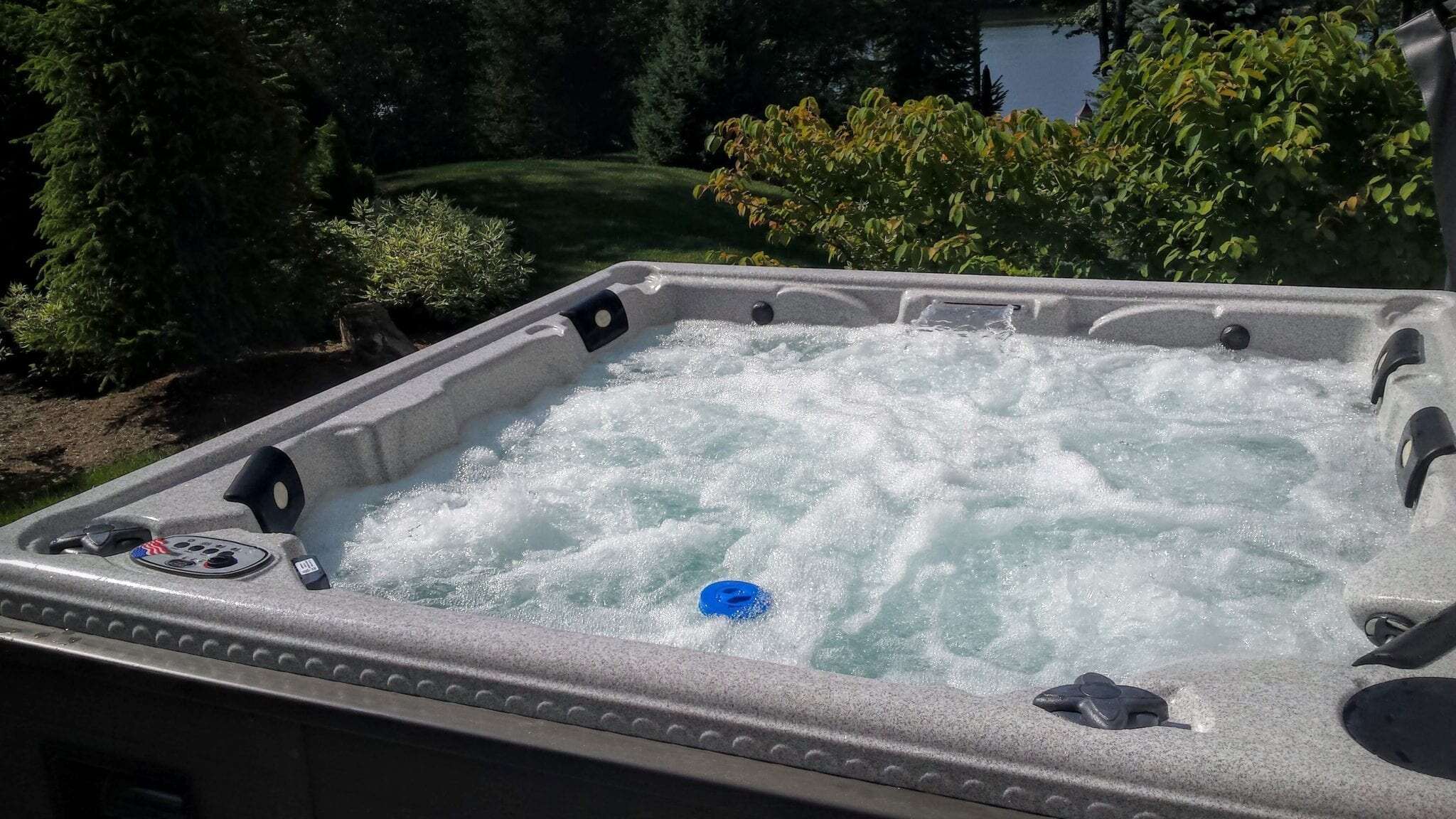
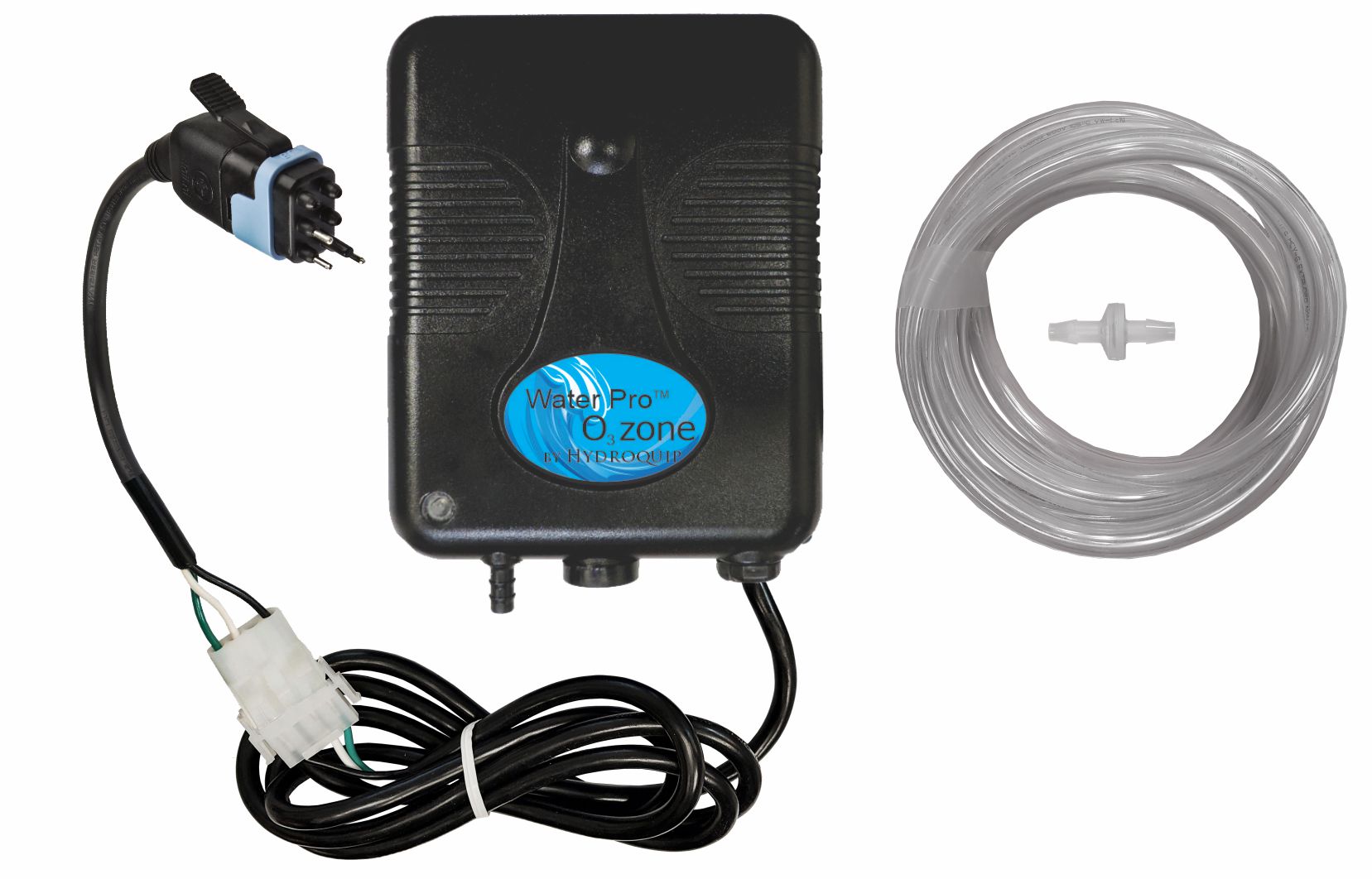

0 thoughts on “What Type Of Gravel For Hot Tub Base”